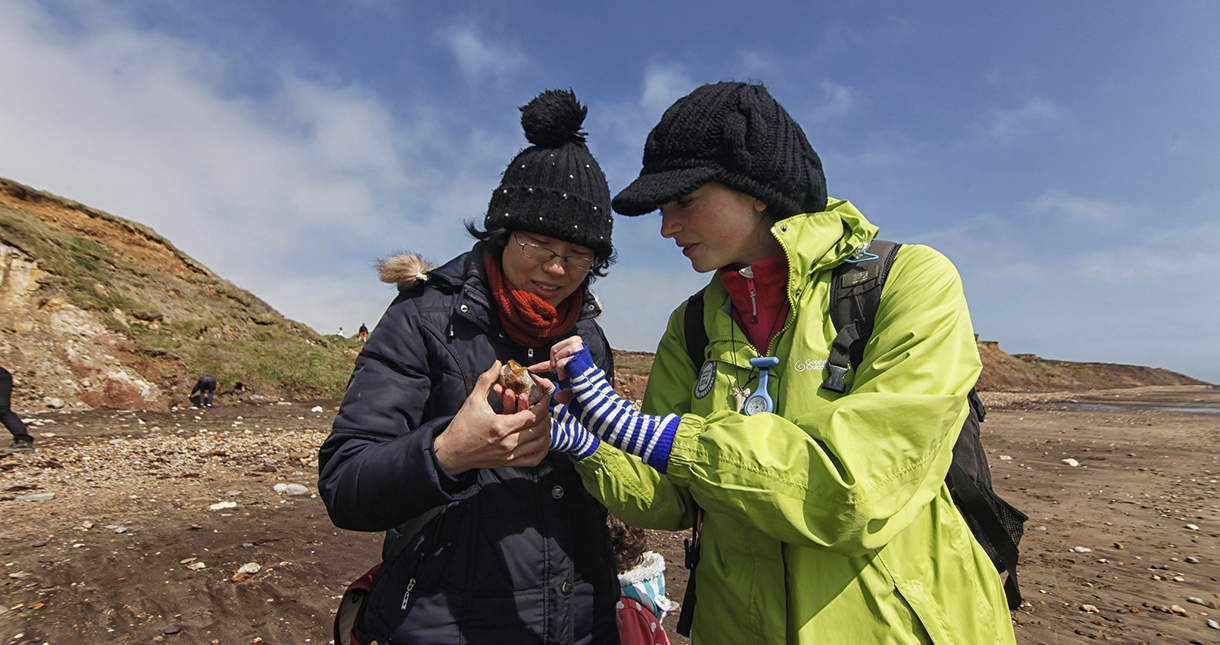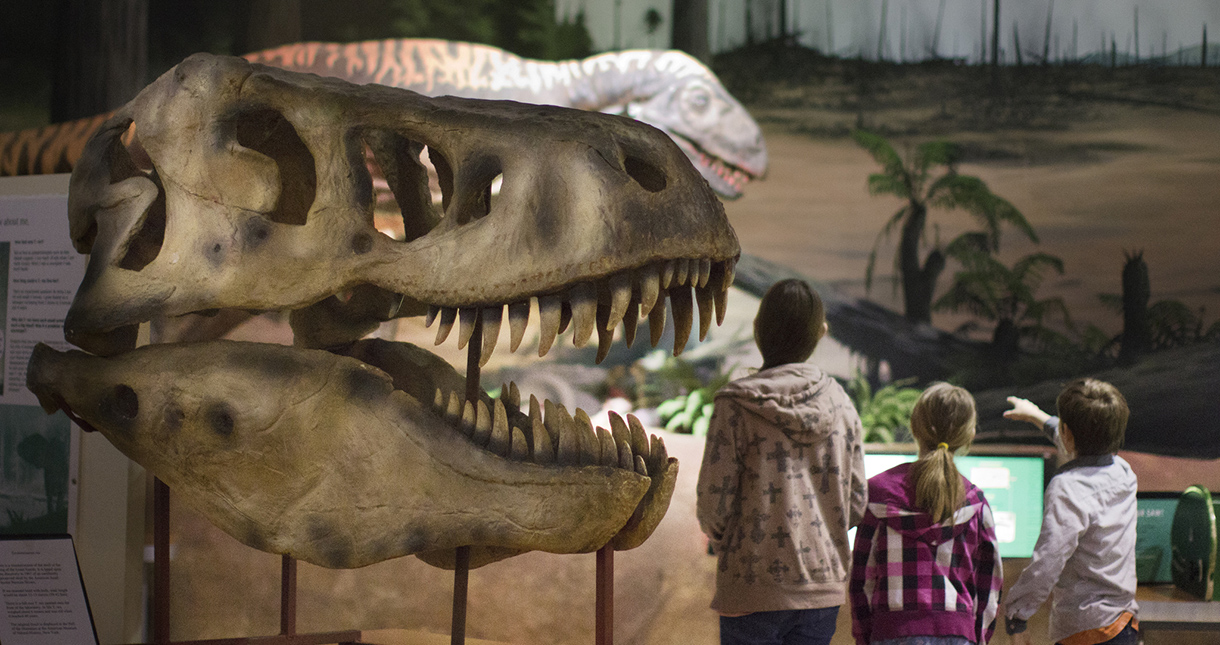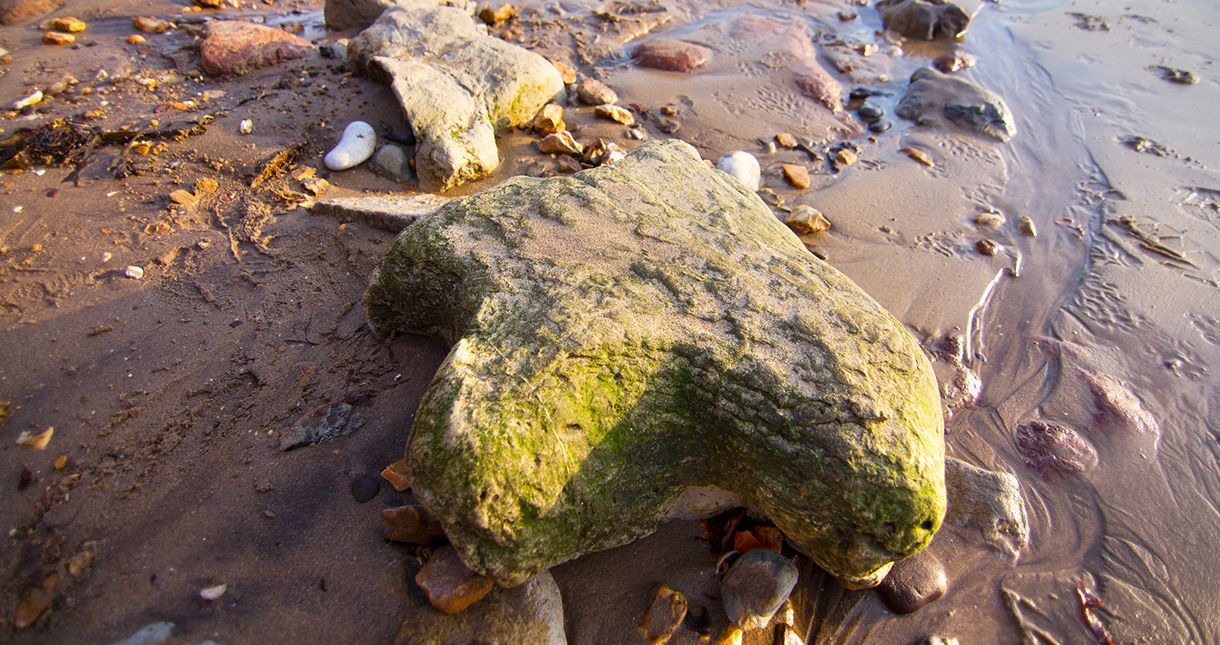Background
125 million years ago, the land which now forms the Isle of Wight was a perfect habitat for dinosaurs and today, the 11 mile stretch of coastline that runs between Compton and Sandown (known as the Wealdon Outcrop) regularly yields a large collection of dinosaur bones and fossils. Up to ten metres in land erodes from the coast of the Isle of Wight every year, revealing a whole range of prehistoric treasures. This erosion is down to the soft Wealden clay which can be found in the cliffs around the Southern locations of Brook and Compton (shown below).

The fossiled remains were hidden beneath the sea floor for millions of years until the faultline and uplift that created the Alps forced the Wealden clay and it’s treasure trove of secrets to the surface!
The Isle of Wight Dinosaurs
Over 25 different species of dinosaurs are currently recognised to have lived on the Isle of Wight when it was still connected to mainland Europe. Eotyrannus is the latest discovery – a small agile meat eater that is distantly related to the Tyrannosaurus Rex. The main predator known to have lived on the Island was Neovenator, whose name means “new hunter”. This beast is thought to have hunted herds of Iguanadon, the most commonly discovered dinosaur on the Isle of Wight in its time – these giant plant eaters measured up to 10 metres in length.

Amongst some of the remains discovered on the Island were those of Britain's largest dinosaur "Sauropod", which measured an incredible 26 metres in length!
Dinosaur Discoveries
With its ever-changing coastline the Isle of Wight is an amazing place for dinosaur and fossil discovery. There have been a number of dinosaur finds including previously undiscovered species of dinosaurs. In March 2008, an Isle of Wight girl Daisy Morris discovered a new species of crow-size pterosaur (a type of flying reptile). In 2013 it was named Vectidraco daisymorrisae in honour of Daisy and the Isle of Wight (called Vectis in Roman times).
Finding Dinosaur Footprints
Several locations on the Isle of Wight reveal huge casts of dinosaur footprints. These can be discovered at low-tide at Compton and Brook beaches, with the best place being Hanover Point just along Brook Beach in West Wight . There are regular fossil walks led by Dinosaur experts which are the best way of finding these spots.

 to add an item to your Itinerary basket.
to add an item to your Itinerary basket.













.png)






like, follow, share....join in!
Facebook
Twitter
Instagram
YouTube
TikTok
Threads